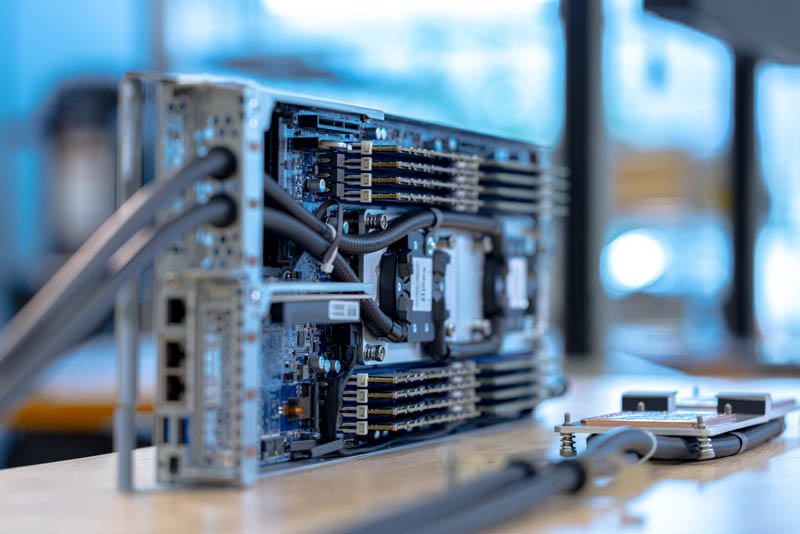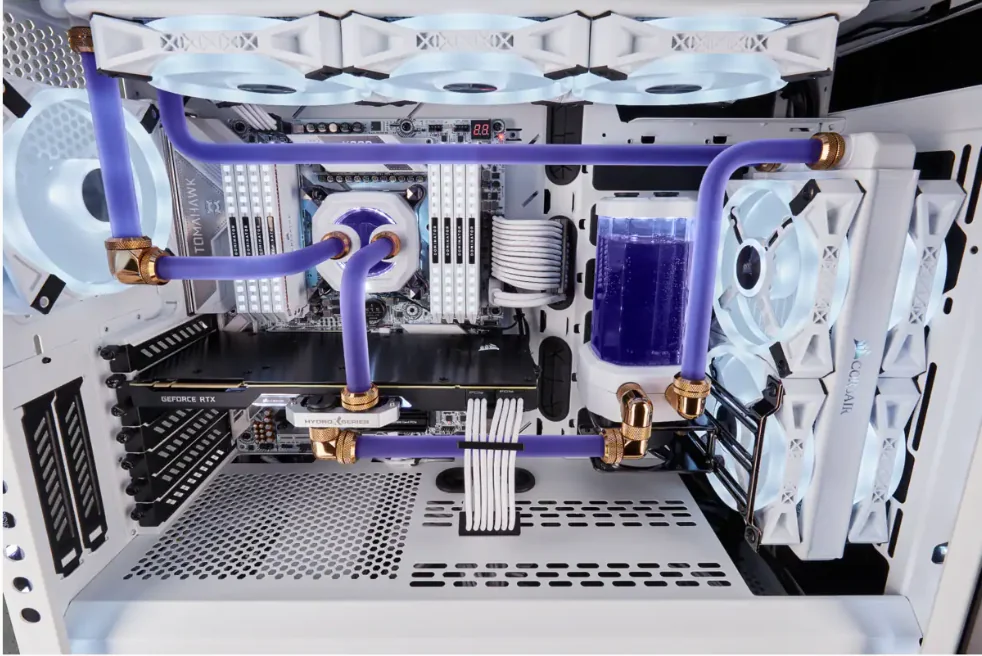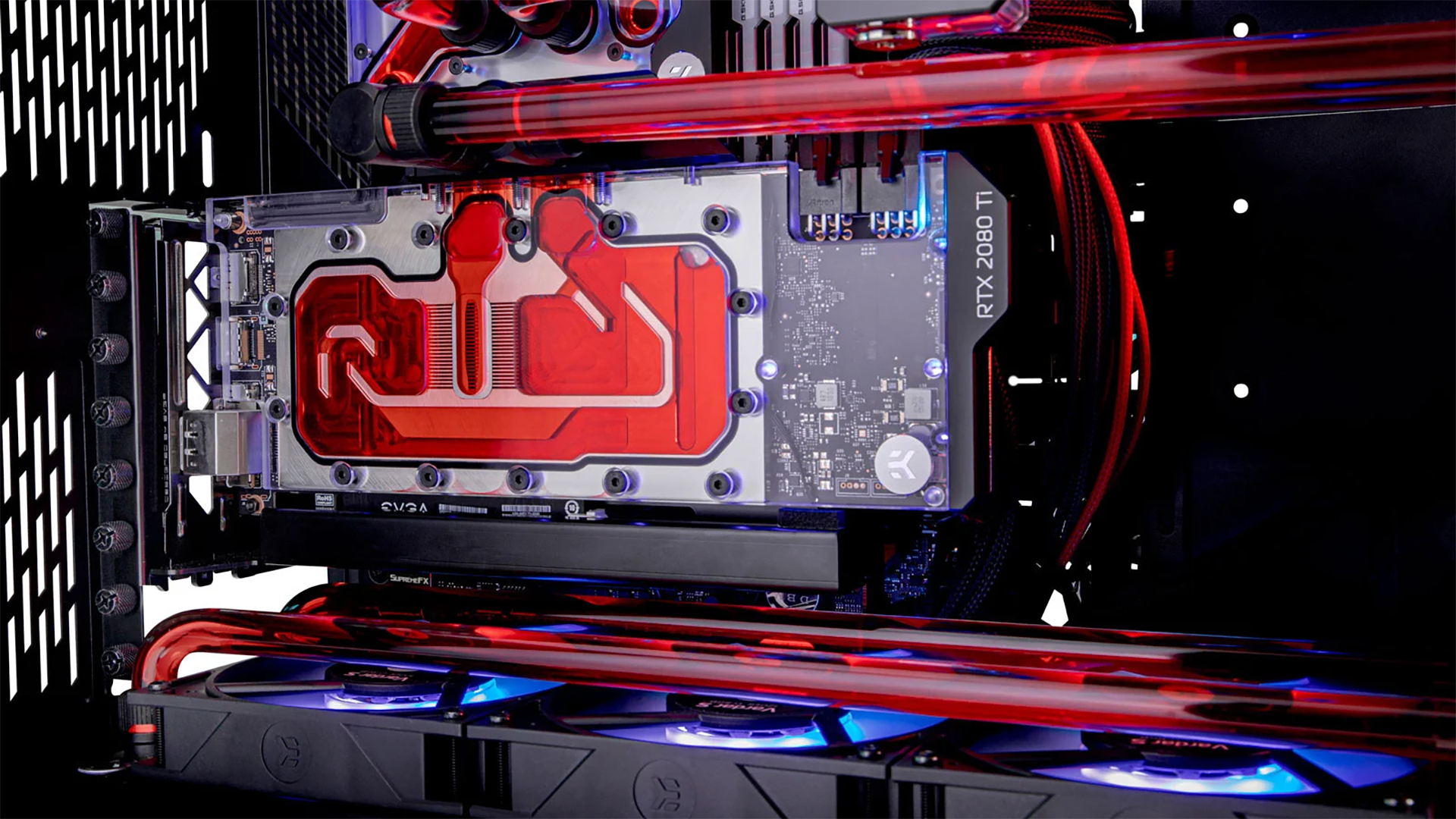In today’s world of gaming, content creation, and high-performance computing, GPUs have become incredibly powerful—but with great power comes great heat. As GPUs like the NVIDIA RTX 4090 or AMD RX 7900 XT push the limits of performance, traditional air cooling can struggle to keep temperatures in check.
That’s where GPU water cooling comes into play. Liquid cooling offers quieter operation, lower temperatures, and higher performance ceilings through overclocking. But is it right for you? And how does it actually work?
This in-depth article explores everything you need to know about GPU water cooling, including how it works, the pros and cons, types of cooling systems, installation tips, maintenance, and more.

GPU water cooling, also known as liquid cooling for graphics cards, is a thermal management solution that uses liquid (typically water-based coolant) to remove heat from the GPU more efficiently than traditional air cooling.
Rather than relying on fans and metal heatsinks alone, water cooling routes coolant through a water block on the GPU, transfers the heat into a radiator, and expels it through fans—resulting in significantly better thermal performance.
Let’s break down the components and flow of a water cooling loop:
- Water Block – A specially designed block that attaches directly to the GPU. It absorbs heat from the chip and passes it to the coolant.
- Pump – Circulates the liquid through the loop.
- Radiator – A heat exchanger where the coolant is cooled by airflow from fans.
- Reservoir – Holds extra coolant and allows air bubbles to escape (in custom loops).
- Tubing and Fittings – Connect everything together, guiding the flow of coolant.
- Coolant is pumped through the GPU water block.
- It absorbs heat from the GPU core and VRAM.
- The heated liquid travels to the radiator.
- Fans on the radiator expel the heat into the air.
- The cooled liquid cycles back to the GPU to repeat the process.
GPU water cooling is ideal for gamers, streamers, creators, and tech enthusiasts who want to squeeze every drop of performance from their hardware. Let’s explore the advantages in detail.
Water conducts heat approximately 25x more efficiently than air. This allows liquid cooling systems to keep GPUs much cooler, especially under load.
Lower GPU temps open up possibilities for stable overclocking, letting you boost clock speeds for better frame rates and rendering performance.
Since the system stays cooler, fans don’t have to work as hard. This results in quieter operation—perfect for streamers and content creators.
Custom water cooling loops with clear tubing, RGB lighting, and colored coolant create a clean, futuristic look that air coolers can’t match.
Running cooler increases hardware lifespan and reduces the likelihood of thermal throttling, where performance drops to prevent overheating.
There are two main types of GPU liquid cooling: AIO (All-in-One) and custom loops.
- Pre-built and sealed units.
- Easy to install.
- Includes a pre-attached water block, pump, radiator, and tubing.
- Examples: NZXT Kraken G12 + compatible AIO, Arctic Liquid Freezer, Corsair Hydro X GPU AIOs.
- Great for first-time liquid cooling users.
- Fully customizable solution for GPU, CPU, and more.
- Allows use of high-performance components from brands like EKWB, Alphacool, and Barrow.
- Requires planning, cutting tubing, leak testing, and more maintenance.
- Offers better performance, flexibility, and stunning visuals.
- Remove the GPU’s existing cooler.
- Mount the water block onto the GPU using the provided bracket.
- Attach the radiator and fans to the case (top/front recommended).
- Connect the pump and fan cables to the appropriate headers.
- Boot the system and monitor GPU temps using software like HWMonitor or MSI Afterburner.

- Plan loop layout and order (Pump > GPU Block > Radiator > Reservoir > Pump).
- Mount the water block onto the GPU.
- Secure tubing and fittings between all components.
- Fill with coolant via the reservoir.
- Run a 24-hour leak test using a power supply jumper without powering on the motherboard.
- Once safe, boot and test temperatures under load.
Unlike air coolers, liquid cooling systems need routine maintenance:
- 🔄 Change coolant every 6–12 months.
- 🔍 Inspect tubing for discoloration or buildup.
- 🧼 Clean radiators and fans of dust regularly.
- 💦 Top off coolant levels as needed.
- 🧪 Use non-conductive coolant for safety.
- ❌ Skipping leak testing on custom loops.
- ❌ Using incompatible or cheap fittings.
- ❌ Forgetting to clean the radiator before installation.
- ❌ Poor cable/tube management causing airflow issues.
- ❌ Overfilling or underfilling the reservoir.
Here’s a quick breakdown to help you decide:
| User Type | Water Cooling Recommended? | Notes |
| Casual Gamer | ❌ No | Air cooling is usually sufficient. |
| Enthusiast Gamer | ✅ Yes | Great for overclocking and silence. |
| Streamer/Content Creator | ✅ Yes | Keeps noise low during recording. |
| Overclocker | ✅ Absolutely | Enables higher stable performance. |
| Budget PC Builder | ❌ No | Water cooling is more expensive. |
Some of the most trusted names in the water cooling world include:
- EKWB – Premium custom loop components
- Corsair – AIO and Hydro X series
- NZXT – Known for Kraken series AIOs
- Alphacool – Great for custom and modular systems
- Thermaltake – Offers DIY kits and components
- Barrow/Bykski – Budget-friendly custom loop gear
Water cooling your GPU is a great choice if you’re a serious gamer, streamer, or content creator who wants lower temperatures, quieter performance, and better overclocking potential. However, for casual users or those on a tight budget, a high-quality air cooler may be sufficient.
Yes, GPU AIO water coolers do exist and are becoming increasingly popular. These pre-built solutions are easier to install than custom loops and provide efficient cooling without the complexity of a full liquid system. Brands like Corsair, NZXT, and Arctic offer popular GPU AIO models.
A water-cooled GPU typically offers better thermal performance and quieter operation than an air-cooled one. However, air-cooled GPUs are simpler, cheaper, and require less maintenance. The right choice depends on your needs—enthusiasts prefer water, while casual users stick with air.
Yes, the NVIDIA RTX 3080 is available in both air-cooled and water-cooled variants. Some manufacturers like EVGA, ASUS ROG, and MSI offer factory-installed water blocks or hybrid (AIO) solutions. You can also buy a separate water block to add it to a custom loop.
Indirectly, yes. Water cooling doesn’t increase FPS on its own, but by reducing thermal throttling and enabling stable overclocking, it can help your GPU maintain higher clock speeds, which may lead to improved performance and smoother gameplay.
GPU water cooling is a game-changer for PC enthusiasts who want the best performance, aesthetics, and thermal efficiency. While it’s not necessary for everyone, those who demand silence, power, and overclocking potential will find it a worthy investment. Whether you choose an easy-to-install AIO or a full-blown custom loop, water cooling your GPU can unlock better gameplay, more stable rendering, and a cleaner, cooler PC.
- Gpu Making Ssd To Hot – Here’s What’s Happening and How to Fix It!
- Gpu Fast Winding Number – A Simple Guide to High-Speed Geometry Processing!
- Amd Cpu With Nvidia Gpu – A Perfect Match for Gaming and Productivity!
